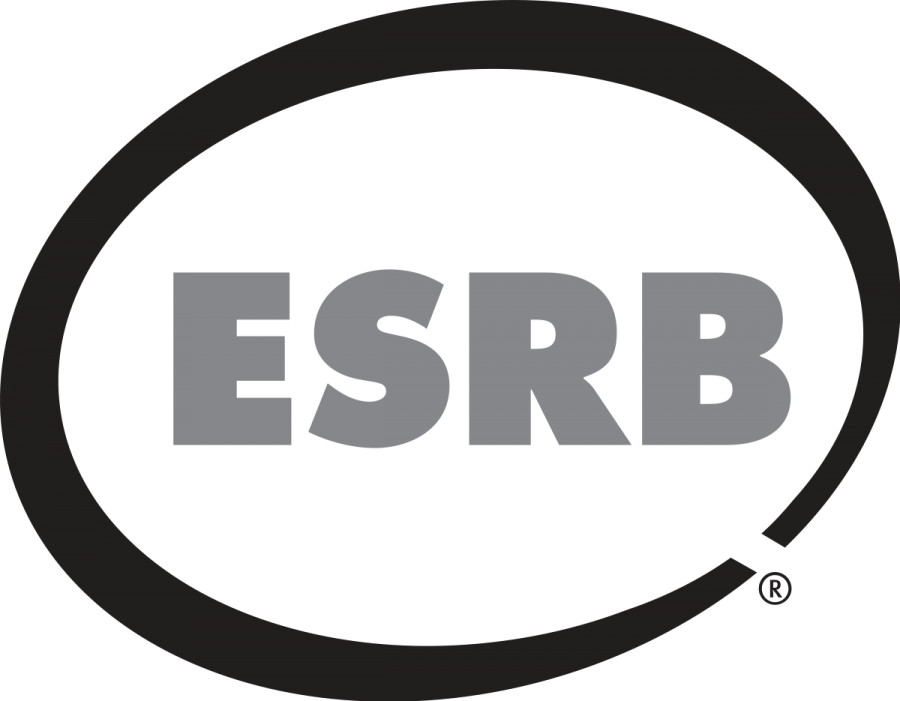Why the ESRB Needs to be Stronger
February 12, 2019
The video game industry today is the most diverse, age-wise, that it’s ever really been. Games are designed for young players, 20-30 year olds, or even those who don’t really consider themselves gamers. This is allowed for by a rating system, which allows for the game creators to make games for whoever their audience is, without the threat of a younger child unwittingly getting an age-inappropriate experience. This system has worked well for the film industry for years.
The ESRB was prompted to found after the 1993 Senate hearings on video game violence, headed by Senators Joe Lieberman and Joe Kohl. These hearings covered the entire console industry, but two of the major focal points of the hearing were the gory fatalities in Mortal Kombat and the perceived suggestive and exploitative content in the full motion video game Night Trap. After Senator Lieberman threatened to create a federal ratings commission, the leading players in the industry banded together to create a neutral ratings system, which was called the ESRB. This system had 5 ratings- Early Childhood, Kids to Adults (soon renamed E for Everyone), Teen, Mature, and Adults Only. A sixth rating, Everyone 10+ was added in 2005.
But though these ratings exist, it becomes harder and harder to enforce these laws. Google Play does have ratings displayed, but there is no need for publishers to rate them, they will just appear as unrated. This also applies to prominent digital games distributor Steam. And even though games rated M for Mature must be bought with a photo ID in person, this doesn’t stop someone buying a rated M game online if this person has, say, informed the computer he is older than he really is.
And this also comes with a lack of parental concern over the content. Back in the 1990s, parental outrage over the gore in Mortal Kombat helped spark the creation of the ESRB in the first place. But now, with video games having planted themselves firmly in our society, their content is questioned less and less. A similar phenomenon has occurred with the film industry. However, the ESRB is treated with less respect.
Now the ESRB has a worthy goal, and a good system. It’s invention has allowed games to cater to more adult markets without the worry parents will buy it by mistake. But it’s enforcement is a little lacking, especially on newer digital distribution sites.


